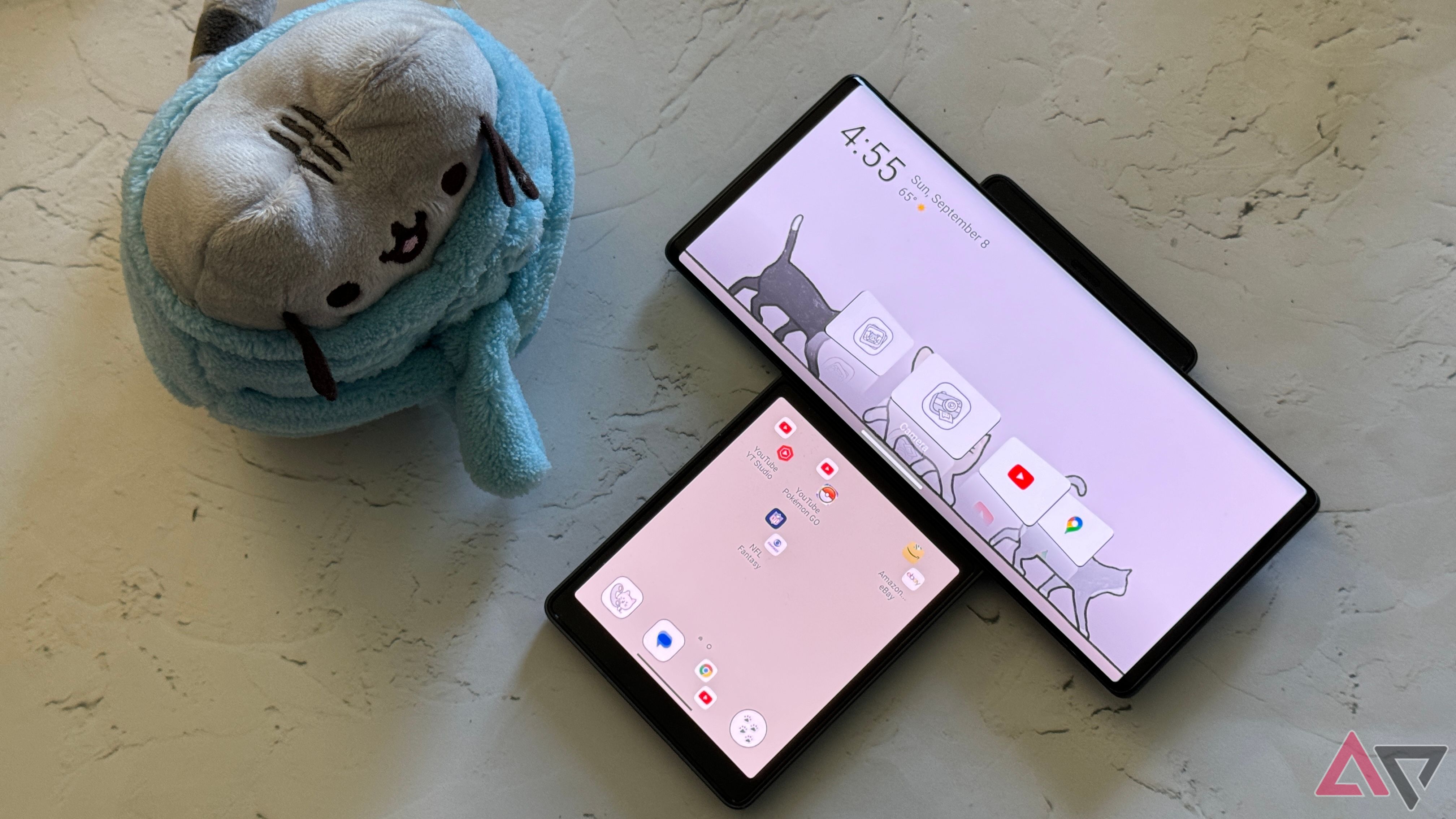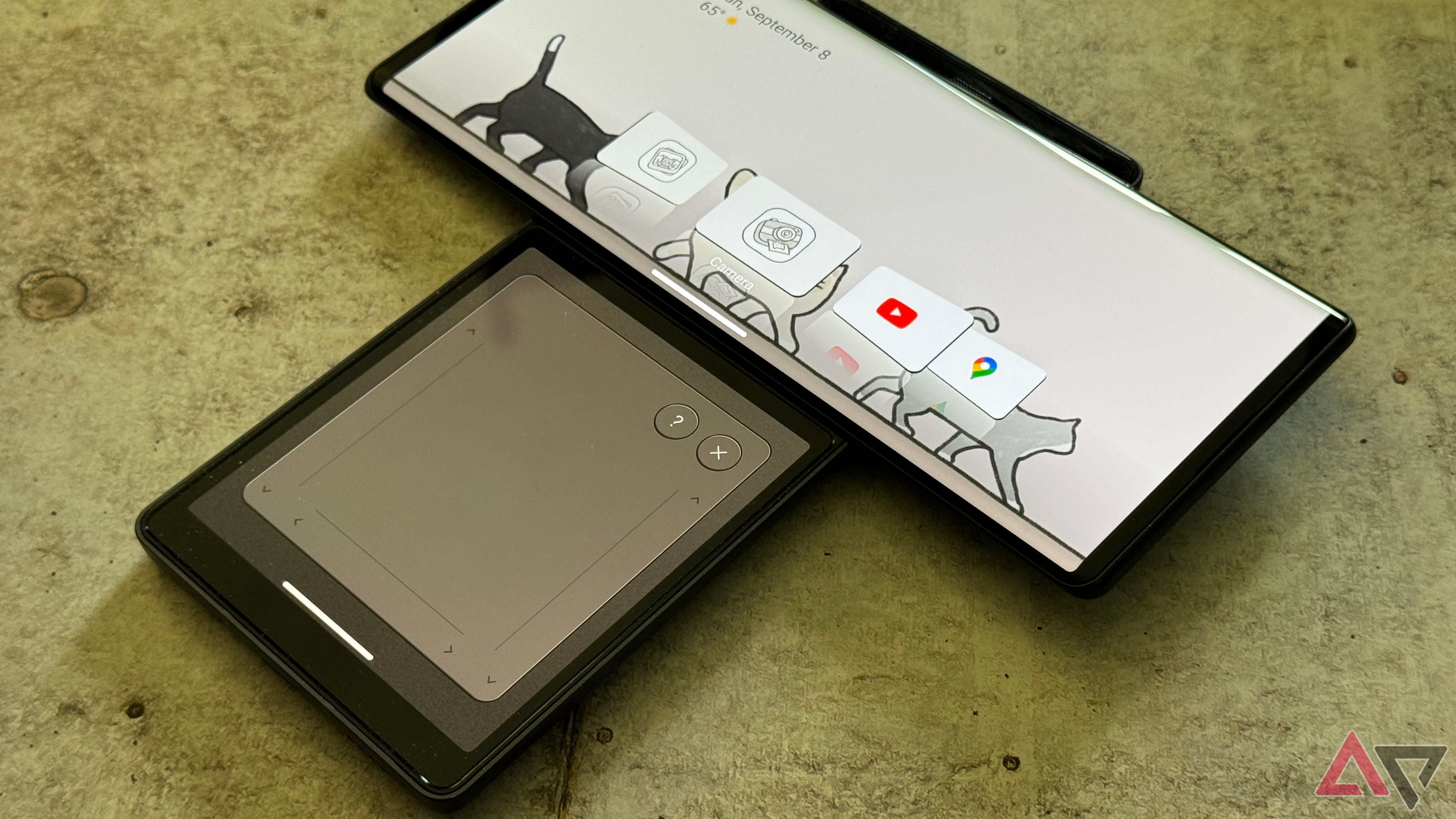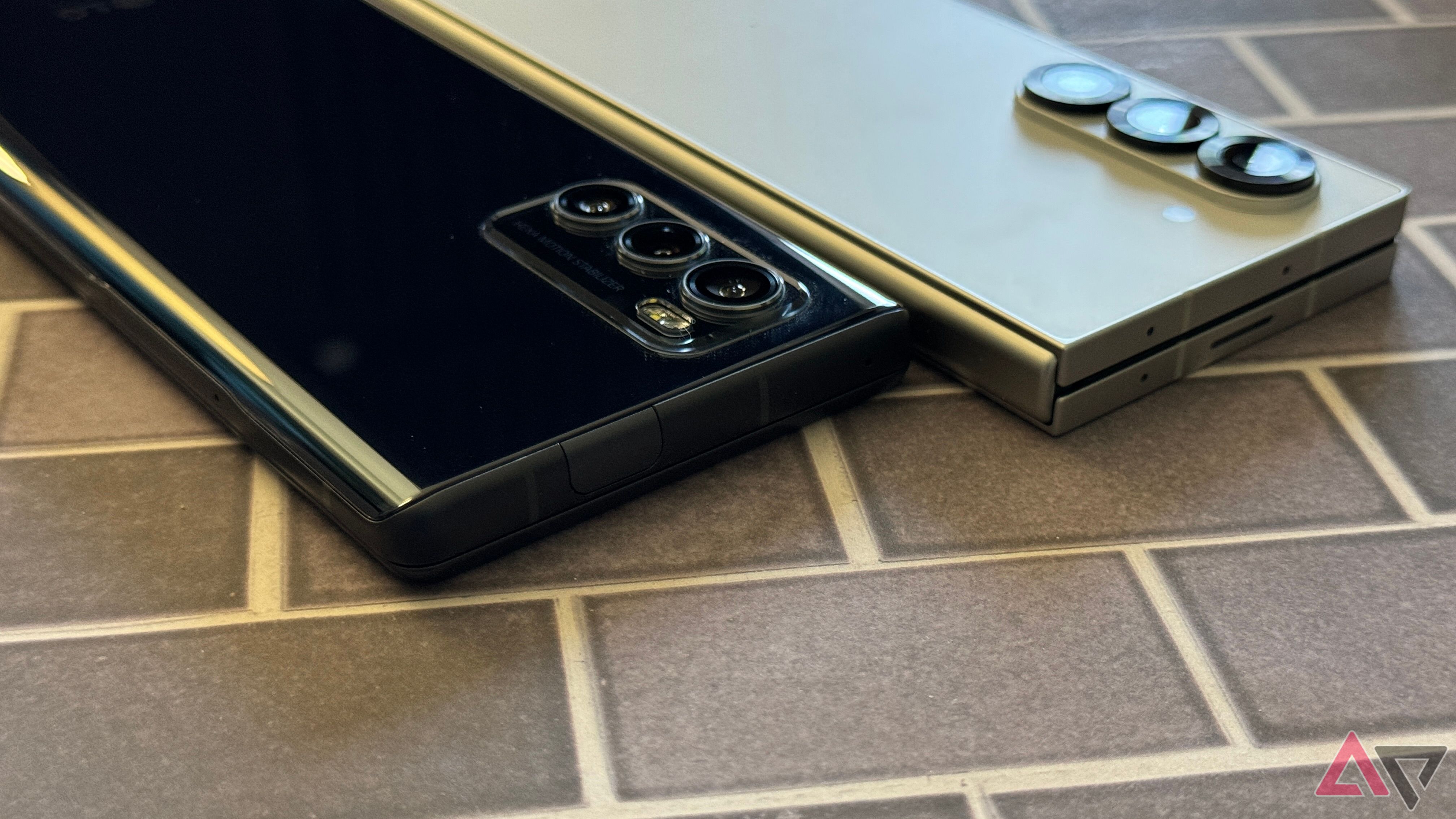I miss LG. The company is an example of not knowing what you have until it’s gone. I know LG still makes stoves and washing machines, but I wish it turned out smartphones. I love my LG Wing and still use it on occasion. The LG Velvet was a gorgeous midrange device with an innovative secondary display attachment. In addition, I know more than a few people who still swear by their LG V60s.
Sales didn’t justify LG sticking around, and the company announced it would leave the smartphone business in 2021. To its credit, LG promised that every phone slated for software updates would receive them, including Android version upgrades. I assumed if we got any updates, they would be boilerplate, minor security patches. That way, LG could check a box and claim it kept its promise to users. I was wrong.
It wasn’t always good
Quirky is the friendly way to say it
LG’s smartphone software has always been a little different. I remember being frustrated with my LG V20. I felt the awkward user experience held the phone back. Simple things like changing the phone’s theme or checking for a software update seemed like a science experiment, and I never understood why it was so heavily skinned. The performance also suffered. I routinely had poor battery performance and restarted the phone often because of software crashes.
When I bought my LG Wing, I hoped the company had cleaned up its software in the interim, but I noticed persistent glitches. My fingerprint sensor was spotty at best, and the bottom half of the display would often flash green. The transition was anything but smooth when I would slide out the main display to reveal the secondary display. The software would glitch, taking a good moment or two to right itself. Android 12 wasn’t a picnic for any Android manufacturer, but it didn’t help LG’s case.
Something completely different
Fairly surprising
I wasn’t going to check out Android 13 on my LG Wing. I heard LG was fulfilling its promise by updating its phones, but I figured it would be more of the same. Curiosity got the best of me, and I’m glad it did. LG cleaned up its software experience and added features two years after leaving the smartphone business. Suddenly, my LG Wing was the best it had ever been, and it made me wish LG had stuck around.
The company’s Android 13 update fully integrated Material You, introduced on Google Pixel devices with Android 12. It was a definite improvement, allowing you to theme your LG. LG also added security controls, which was a highlight of Android 13. A small green or yellow pip in the upper-right corner of the display alerted you if your camera or microphone is in use, preventing apps from using them without your knowledge. Furthermore, apps needed permission to send notifications, and access to your photo library was limited without your authorization.
LG also improved the performance of my Wing. The green screen glitch was gone, and multitasking was more fluid. Transitioning between displays no longer froze the UI, and I could easily swivel out the main display and multitask in moments. App pairs worked well, and the LG Wing became my go-to device for fantasy football. I put an NFL game on the top display while I had my woeful fantasy team on the secondary display. It was a fantastic experience I wish I had from the beginning.
We need another LG
Whether you feel that reviewers like myself treated LG fairly is up for debate. The company wasn’t perfect, and the criticisms it received at the time were valid, especially with software issues. But that doesn’t stop me from missing its innovation. The second screen attachment on the LG Velvet was a nifty, low-tech counter to expensive folding phones, giving you access to better multitasking for a fraction of the price. The LG Wing was much the same, with its swivel main display revealing a smaller secondary panel. It didn’t sport flagship specs, but for around $1,000, it was a great way to get more screen real estate for less.
When I look at the staid smartphone landscape in the United States, I can’t help but think we need a little competition. I know LG isn’t coming back anytime soon. Still, I look forward to a day when I’m not sitting in a carrier store choosing primarily between a Samsung Galaxy S24 Ultra and a Google Pixel 9 for my smartphone needs.
Source link




